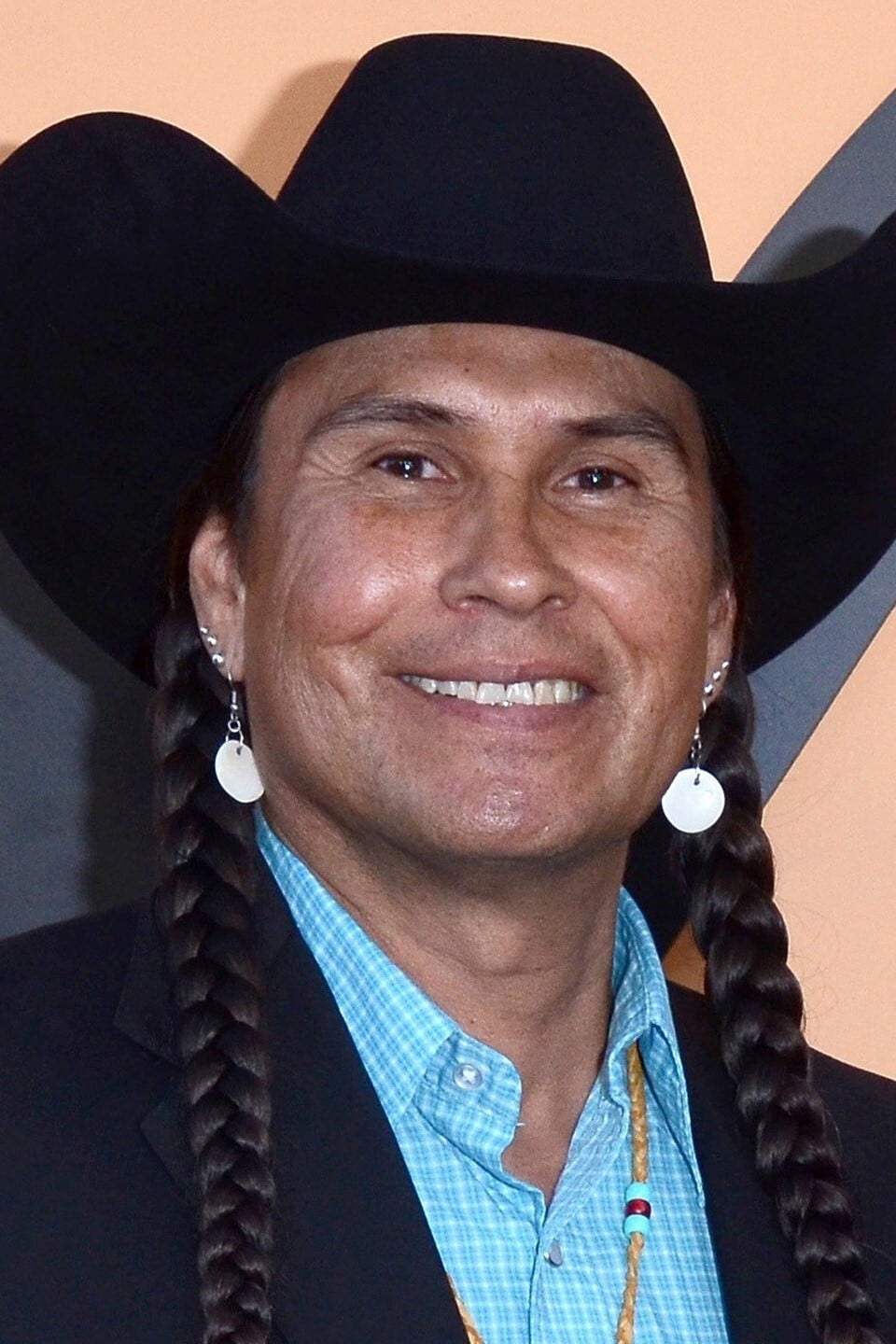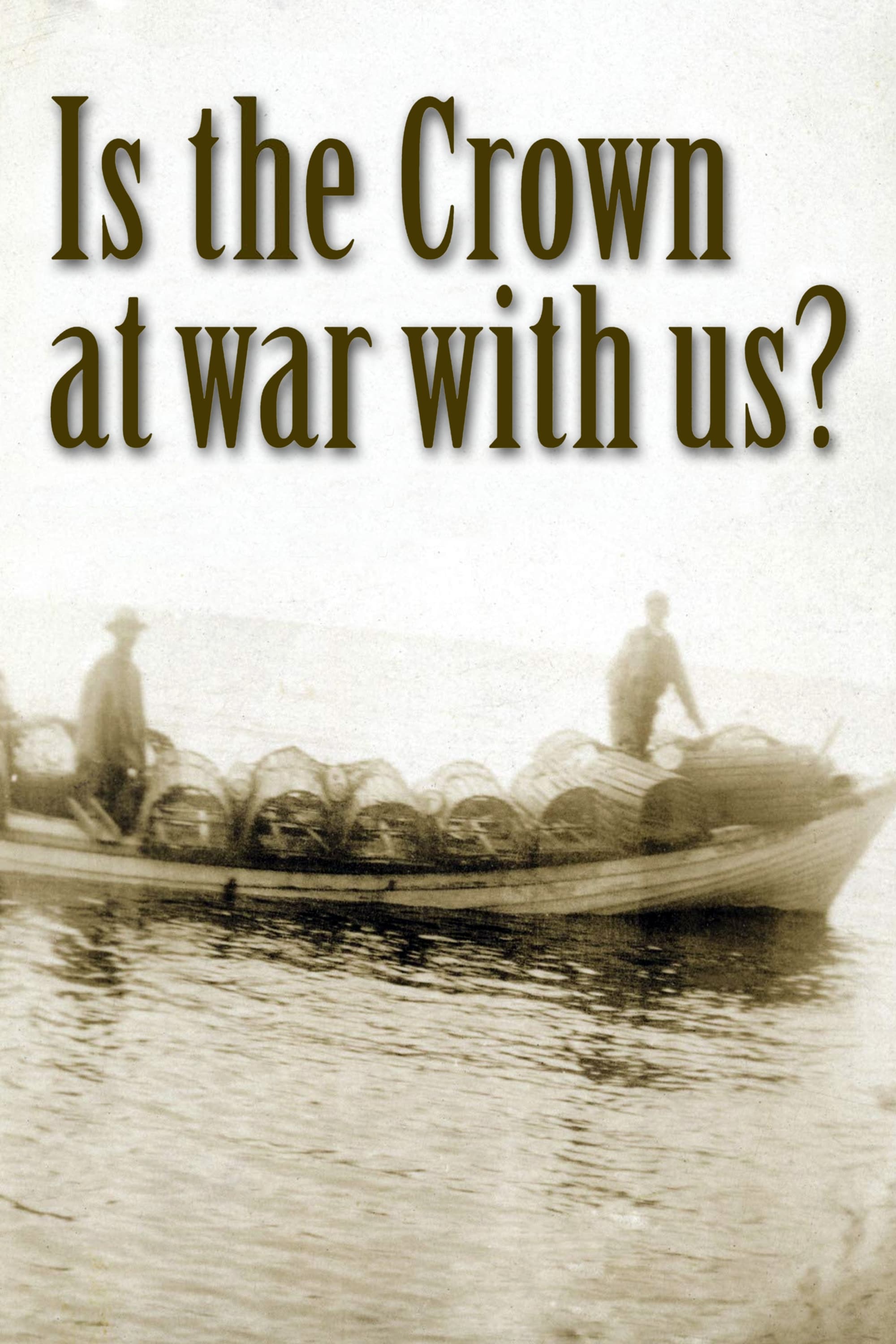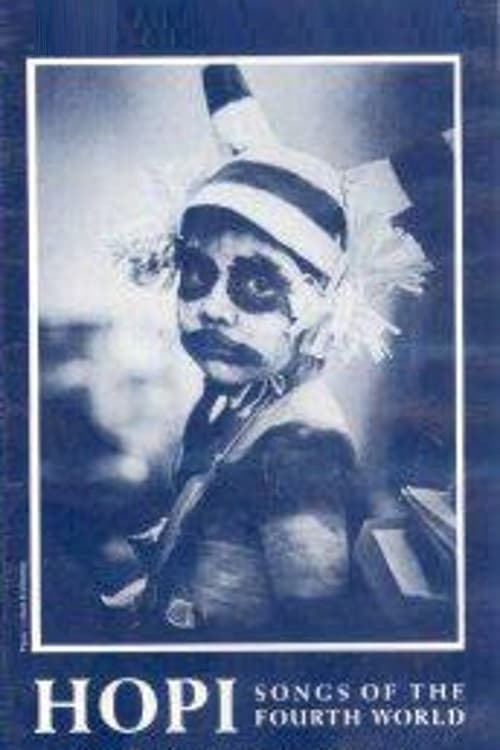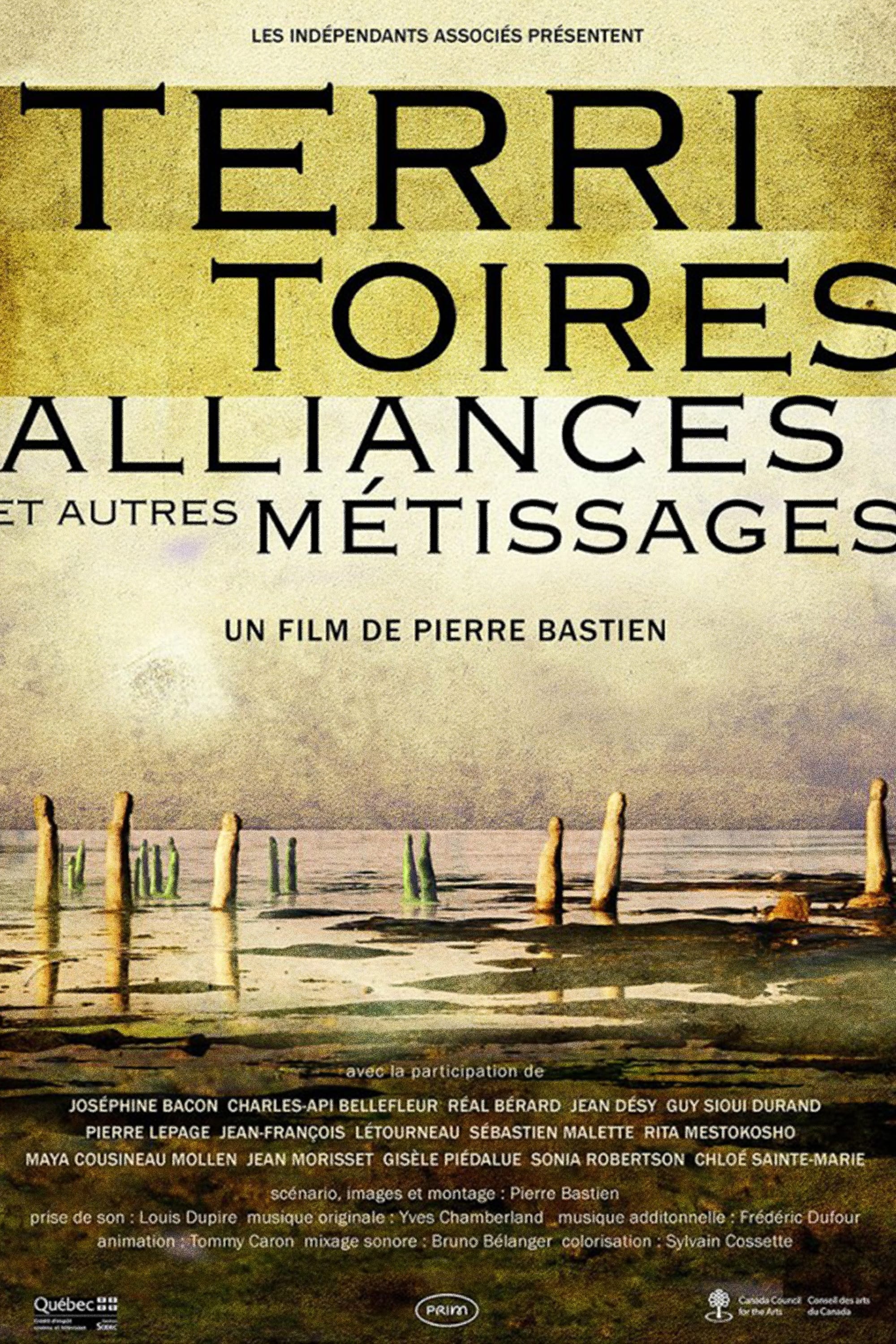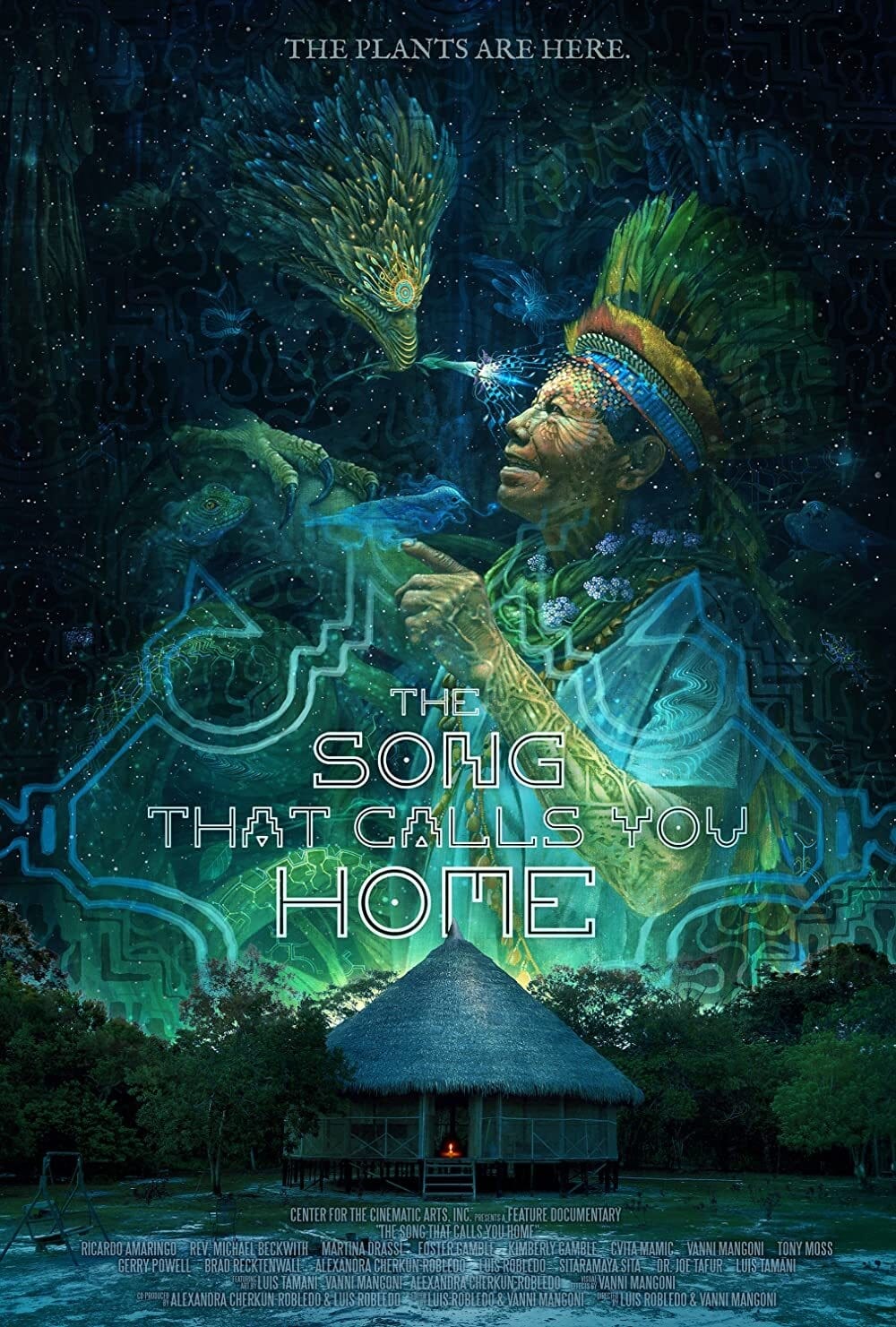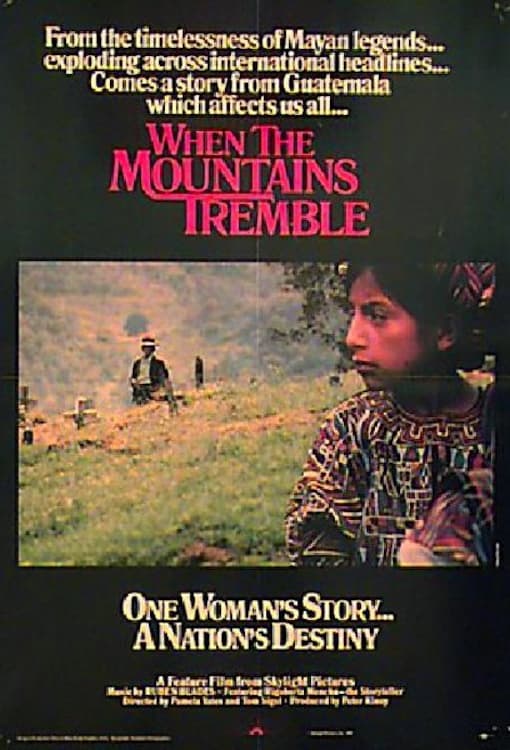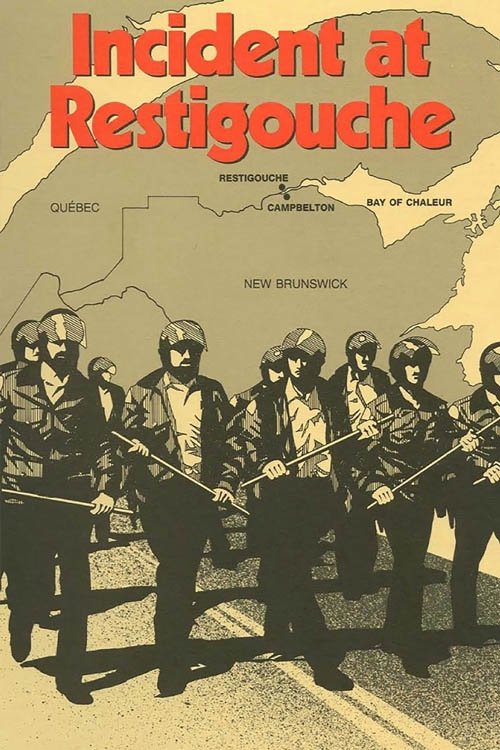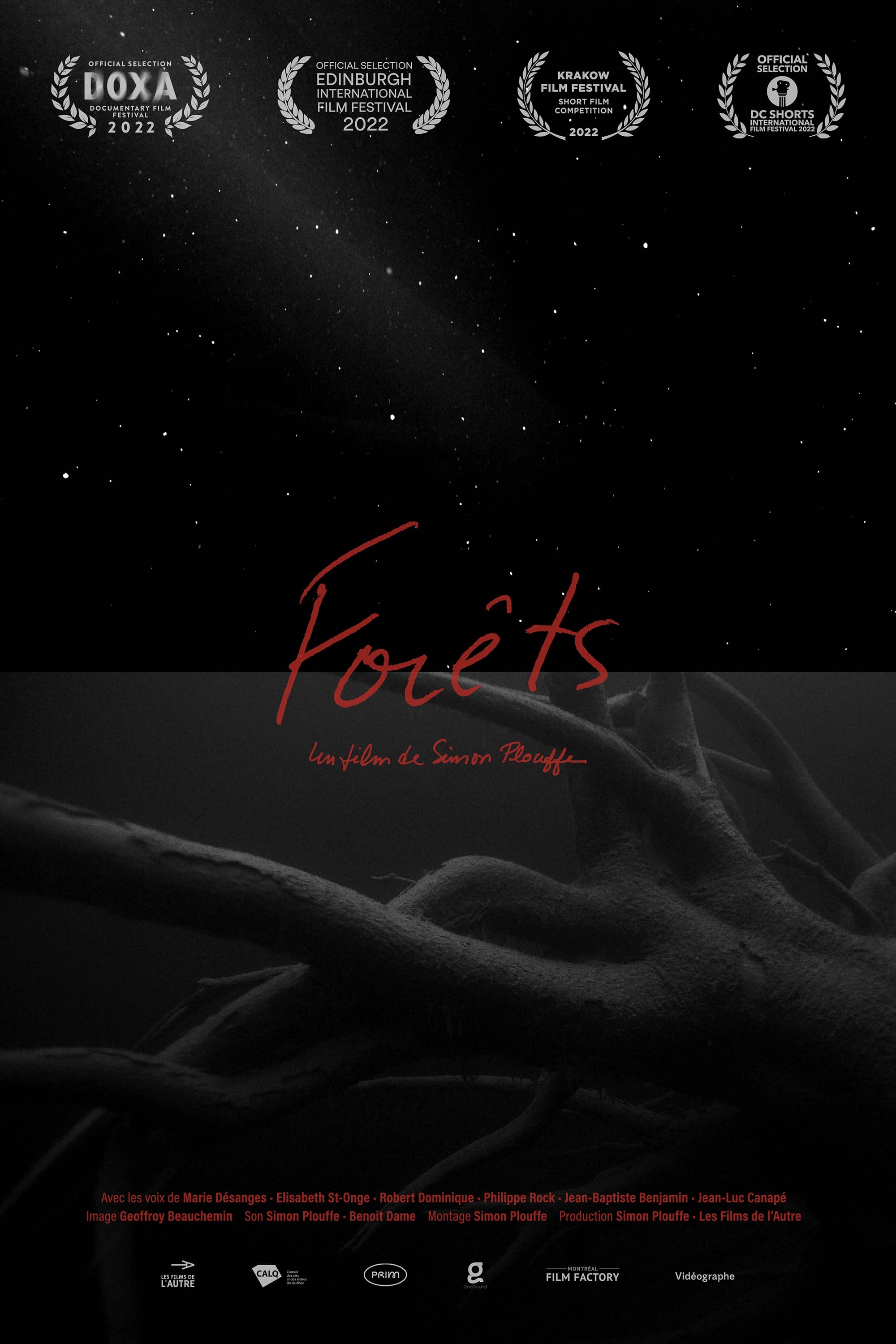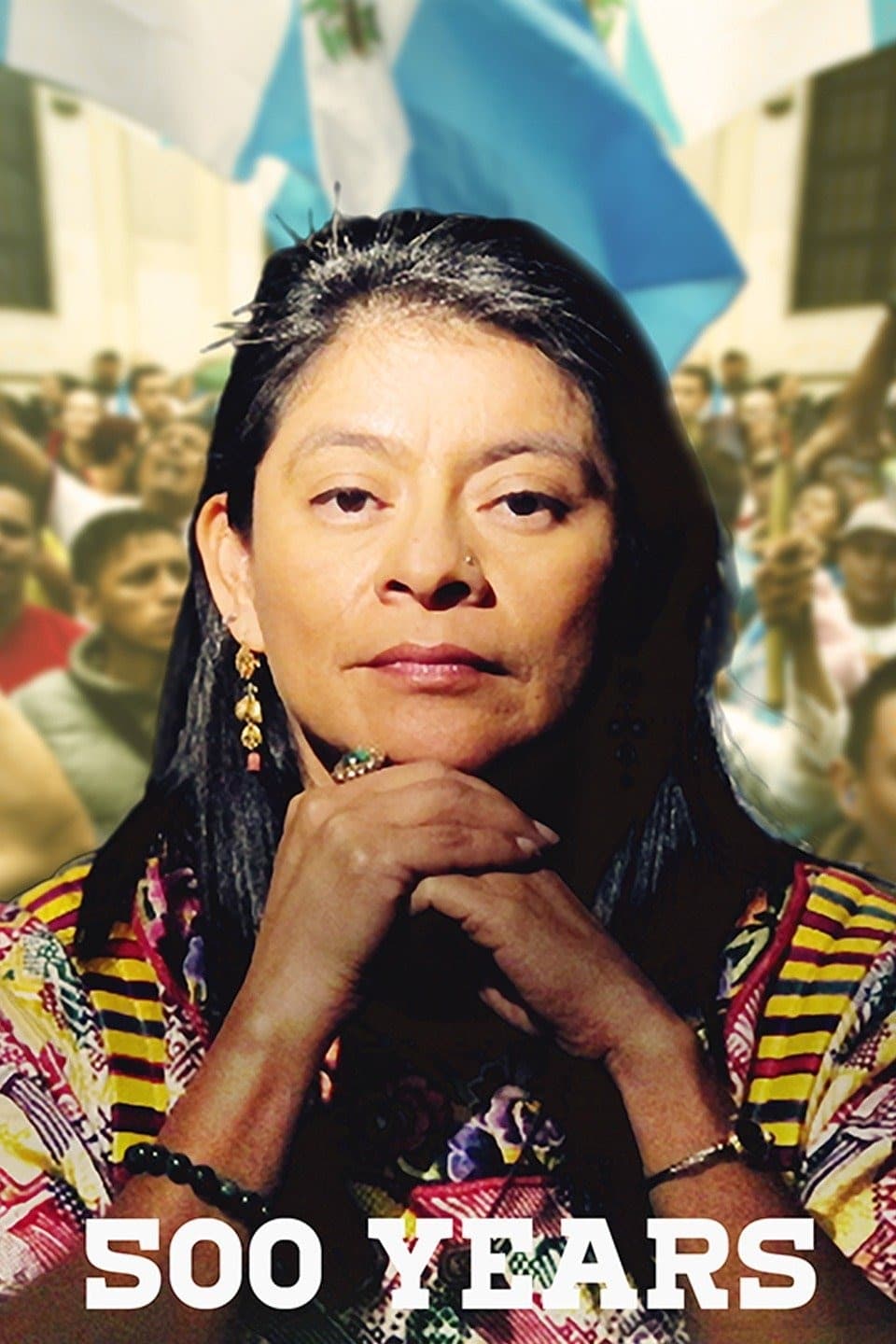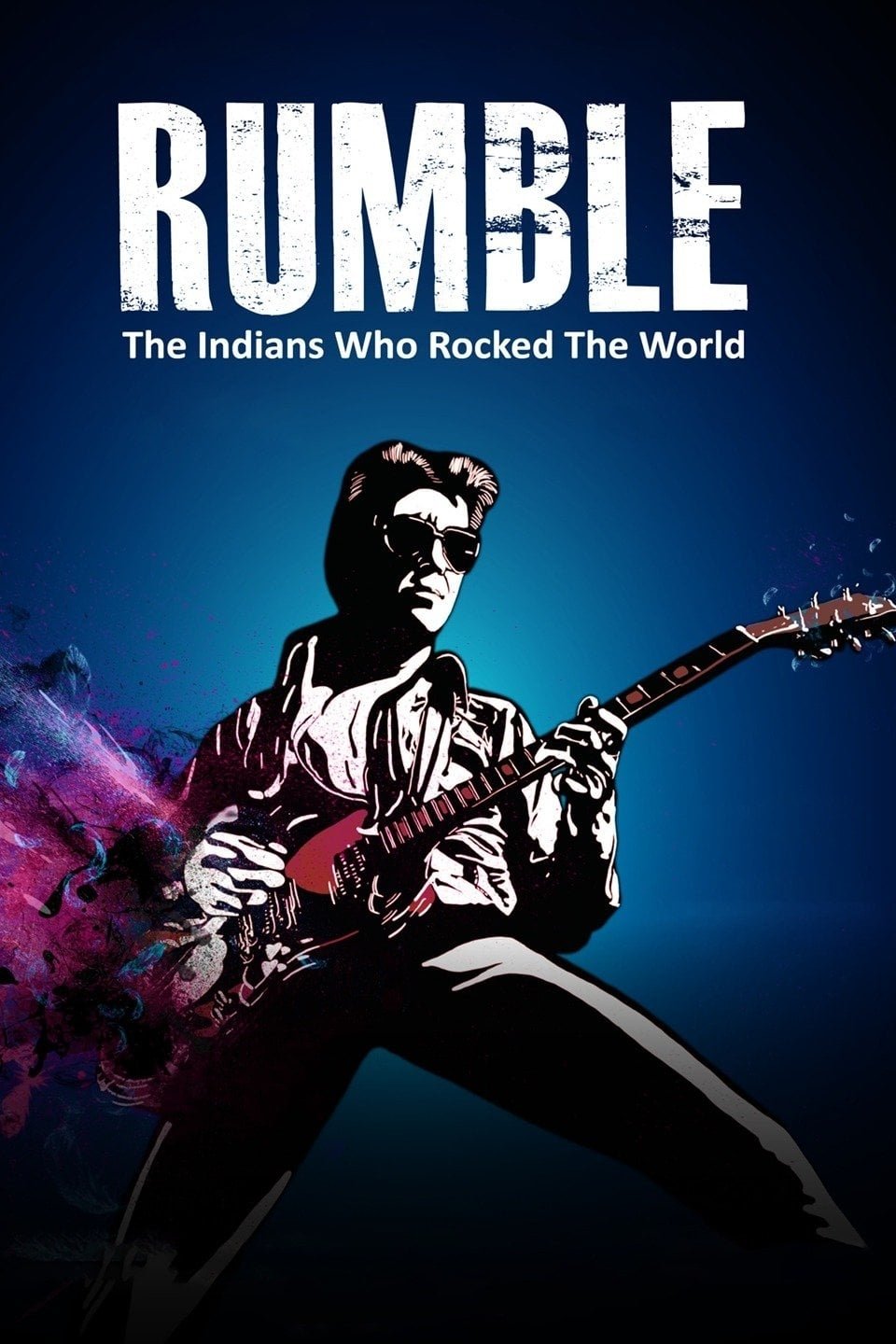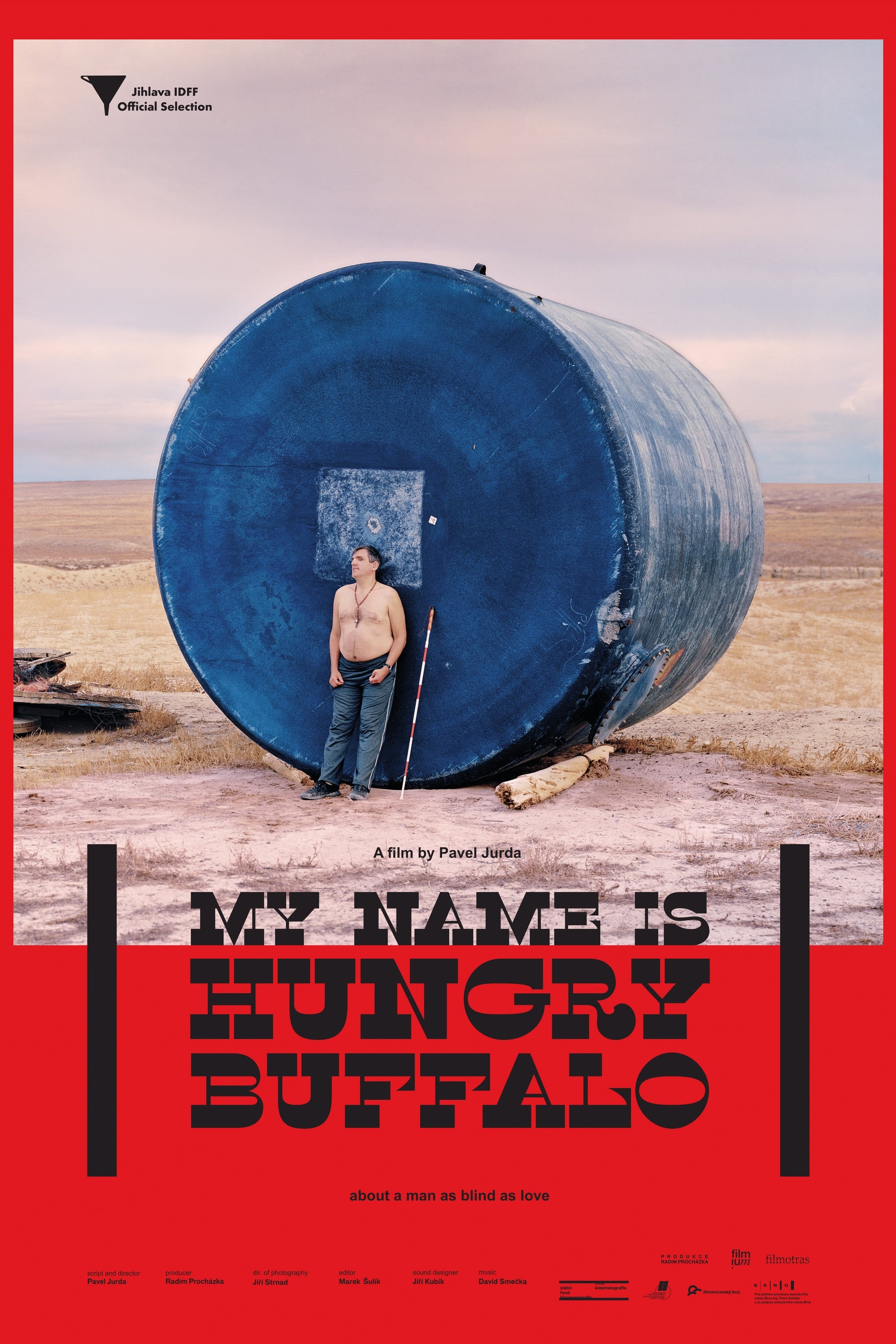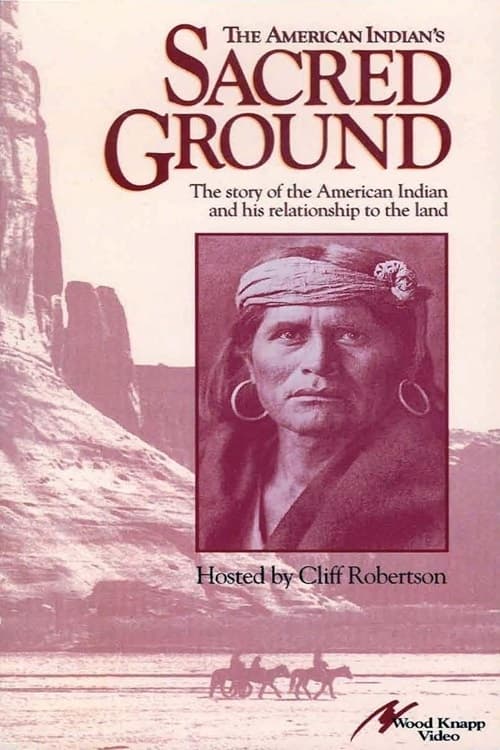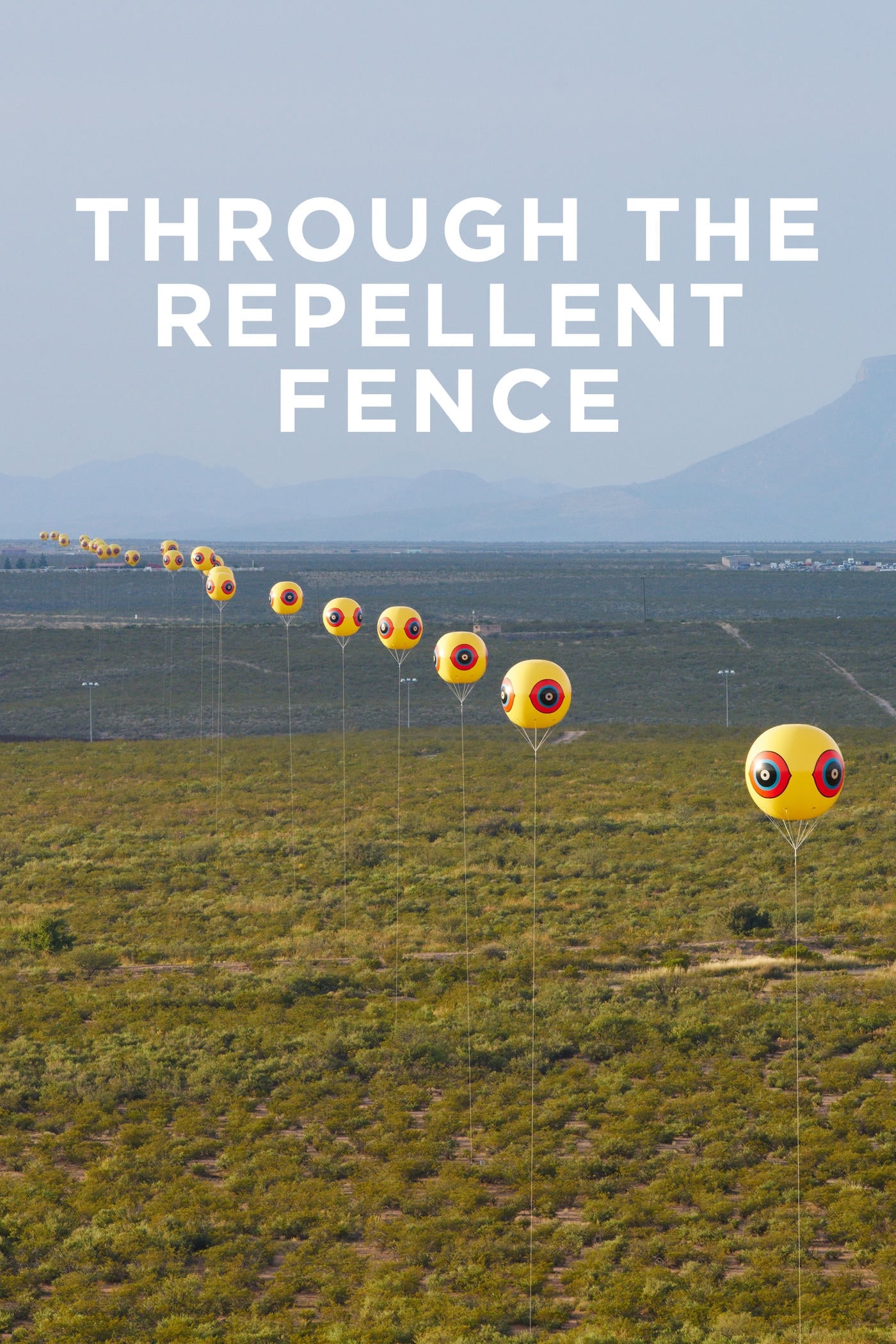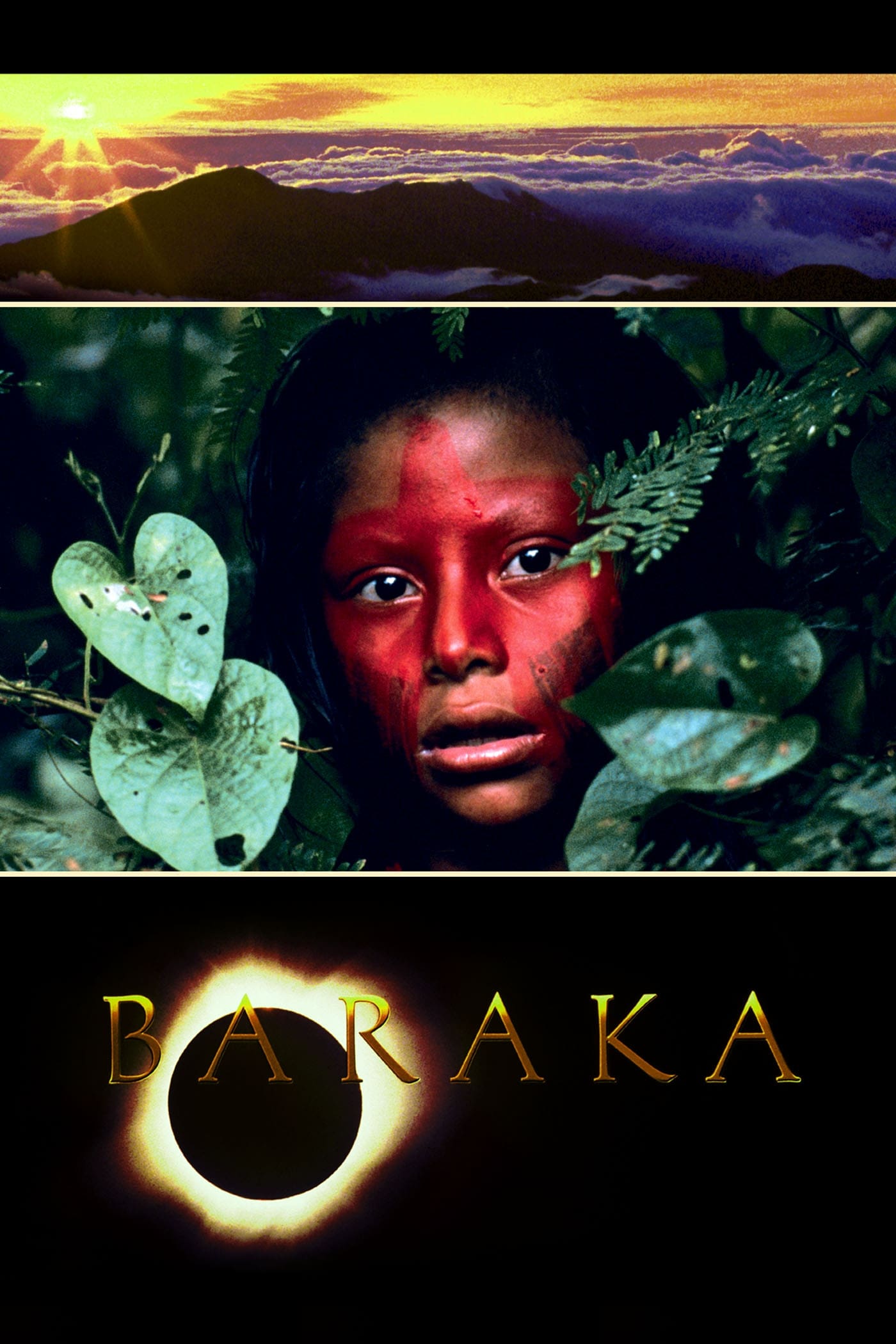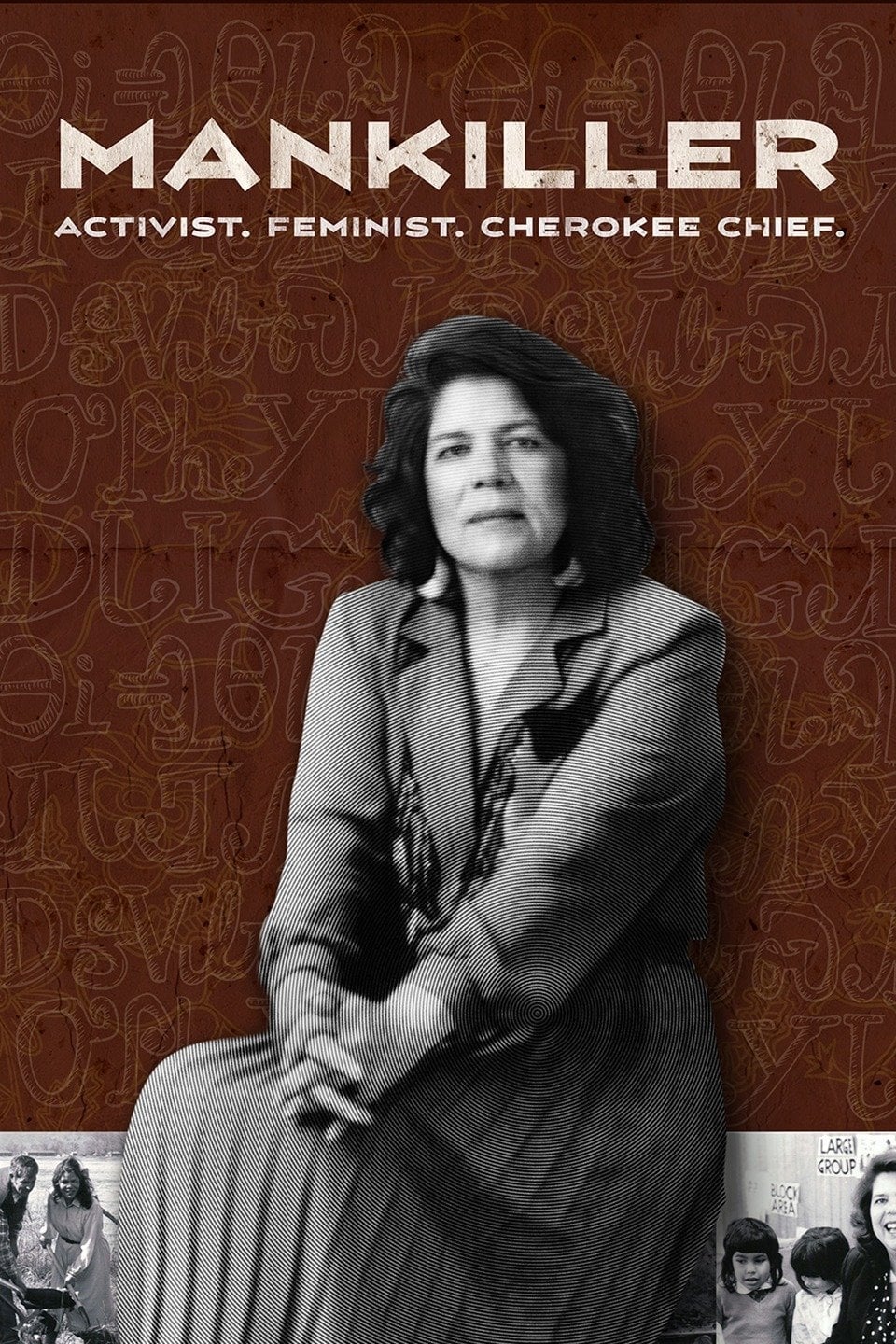Growing Native Oklahoma: Red People (2018)
Released:
2018-11-08
Duration:
57min
Genres:
Documentary
Rating 0.0
Overview
Oklahoma is home to thirty-nine federally recognized tribes. Nowhere in North America will you find such diversity among Native Peoples, and nowhere will you find a more tragic history. Host Moses Brings Plenty (Oglala Lakota) guides this episode of Growing Native on a journey through Oklahoma’s past and present.
Production Companies
Additional Info
| Budget | $0.00 |
|---|---|
| Revenue | $0.00 |
| Original Language | en |
| Popularity | 0.0932 |
Directed By
Shirley K. Sneve
Boots Kennedye
